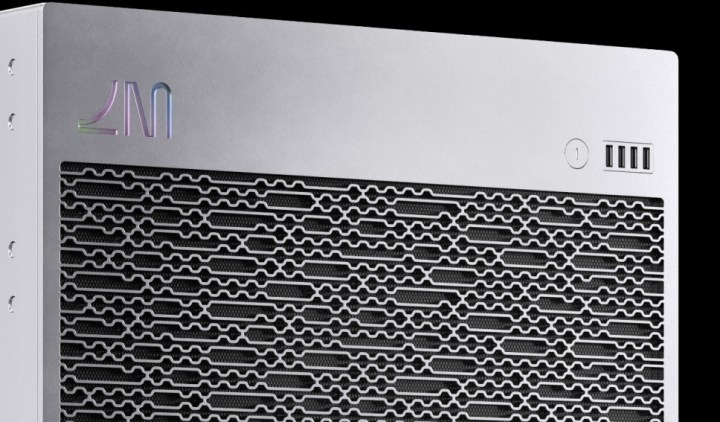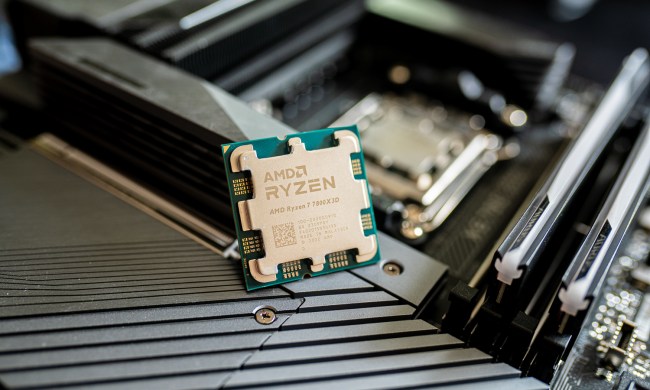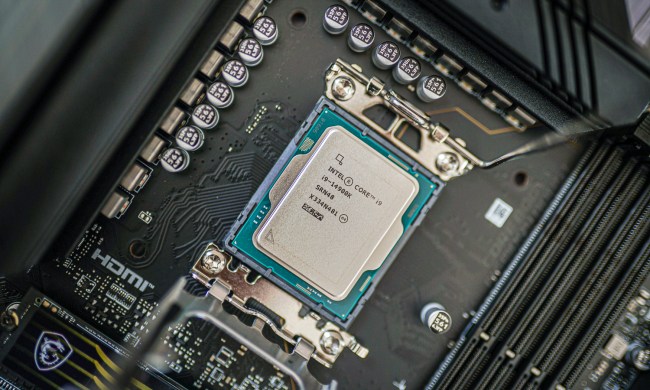As technology grows more advanced, there is only so much more that manufacturers can do in order to up the ante without running into massive issues like overheating, increased power consumption, and even just the sheer size of high-end chiplets. Lightmatter, a startup, claims to have found a solution.
Through the use of photonics instead of electrical wires, Lightmatter could potentially get rid of bottlenecks and allow for the creation of even more powerful chiplets. This might be the secret to the creation of some of the best CPUs in the future.

Some chiplet technologies, such as Intel’s Foveros 3D, allow for pairing multiple chips in the same substrate. These chiplets then have to be connected through the use of electrical wires. However, this results in flying electrons that then cause higher temperatures and consume more power. However, Lightmatter is approaching this in an entirely different way by replacing the wiring with photonics. The startup described its findings during Hot Chips 2022.
Electricity is quick, but light is faster. To make it work, Lightmatter introduced Passage, a “wafer-scale, programmable photonic interconnect.” Through the use of Passage, Lightmatter wants to interconnect different chips with nanophotonic wave guides instead of electrical wiring. The interconnected chiplets could include CPUs, GPUs, memory chips, or ASICs.
“Passage is diced from a 300mm Silicon Photonics wafer that includes lasers, optical modulators, photo detectors, and transistors all side-by-side integrated in the platform,” said Nicholas Harris, the founder and CEO of Lightmatter. “Because Passage has integrated lasers and transistors, the co-packaged chips don’t have to deal with any of the complexity of the transmit, receive, or circuit switching photonics elements.”
The benefits of using this technology are plentiful, including low signal loss, the ability for each tile to house several different chips, and a massive increase in bandwidth across the board.
Lightmatter teased that Passage allows it to provide up to 96Tbps of bandwidth to each die. Communication between Passage and other systems through fiber arrays maxes out at around 16Tbps. As Tom’s Hardware reports, AMD’s Infinity Fabric peaks at around 800Gbps — that’s a huge difference.
Passage also could prove to be easier to use for manufacturers, replacing proprietary technologies introduced by Intel and AMD. All it takes is to drop the device into a photonics-powered Passage and it will provide an interconnect between them. However, silicon-based transistors will still require electrical communication.
The technology is certainly one way that the future of computing could be achieved, and the potential bandwidth boost is massive. However, Lightmatter is not the only company that explores photonics as a way to battle Moore’s Law, so it remains to be seen whether the giants will turn to it or stick to their own solutions.



